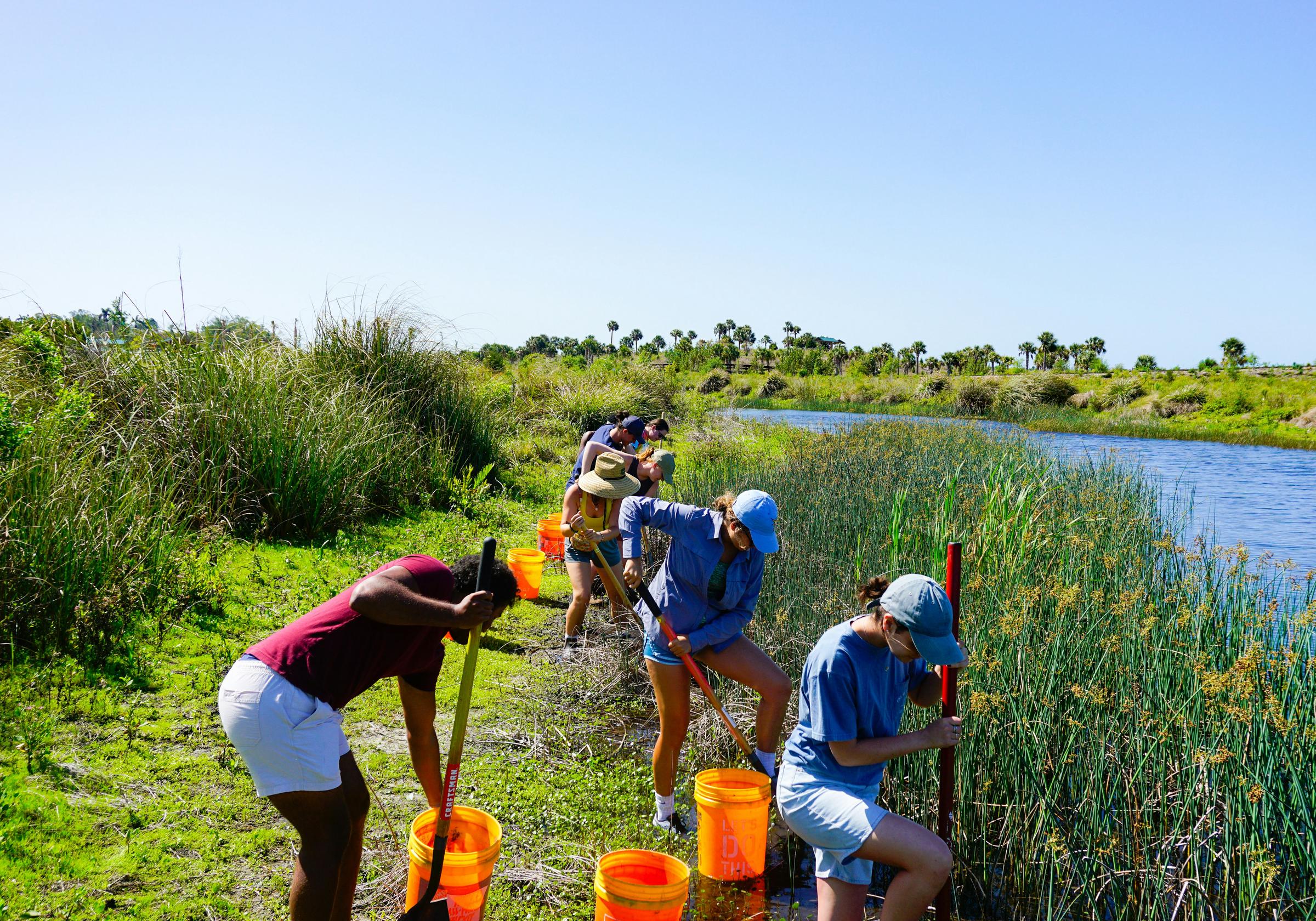
Volunteer-Led Beautification Projects Revive Local Parks
Neighborhood parks and gardens can create a sense of unity, add beauty to city blocks, and encourage people to care about the places they call home. When volunteers notice a playground that needs a fresh coat of paint or a garden that has fallen into neglect, their energy can spark real change. People who care come together, pick up rakes and shovels, and start working side by side to restore these shared spaces. Every task—from organizing cleanup days to planting flowers—helps neighbors form friendships and strengthens the bonds within the community, making the area more welcoming for everyone.
Advertisement
Personal dedication can turn a dusty park path into a colorful corridor filled with native plants and cozy benches. Local champions rally friends, families, and coworkers to tackle specific tasks: painting walls, installing birdhouses, or planting wildflower beds. By breaking work into small, achievable tasks, organizers show participants that every contribution matters. This approach creates a sense of accomplishment that fuels enthusiasm for future efforts.
Getting Volunteers Involved
Enthusiastic recruitment begins with clear messages and visible invitations. Organizers use posters at coffee shops, social media posts with real photos, and talks at community centers to spark interest. When people see volunteers smiling in group shots or hear a short personal story about why someone cares, they feel invited to join in. Outreach efforts appeal to different interests: nature lovers, DIY enthusiasts, and neighbors who want to meet new faces.
Once a core team forms, leaders assign roles based on individual strengths. Volunteers with carpentry skills can build benches, while others handle watering schedules or social media updates. Breaking the larger effort into bite-sized tasks keeps participants engaged and confident. Celebrating small wins—like finishing a mural or installing a rubbish bin—encourages more sign-ups for the next weekend workday.
- Place flyers at local hangouts and libraries.
- Share brief video interviews on community social platforms.
- Host a casual meet-and-greet at a neighborhood café.
- Coordinate with schools and youth groups for service hours.
- Create a group chat for instant updates and encouragement.
Planning and Organizing the Project
Successful planning depends on a clear vision and adaptable milestones. Teams walk through the park, taking notes on worn trails, broken fixtures, and shady spots that need attention. They consult local parks staff to secure necessary permits and coordinate safety inspections. Early maps highlight priority zones for cleanup, planting, and repair, guiding volunteers so they know exactly where to focus efforts.
Next, leaders draft a timeline that accounts for weather, material delivery, and volunteer availability. They split tasks into morning and afternoon sessions, ensuring everyone has time for rest and social breaks. Organizers check tool inventories, confirm water access, and prepare a first-aid kit. Clear logistics help the day run smoothly and prevent last-minute scrambles that can exhaust volunteers.
Involving the Community
Gaining local support means inviting everyone to participate in ways that match their comfort level. Some residents bring baked goods, while others join lively painting crews. Outreach activities highlight diverse angles: environmental benefits, family fun, and small business sponsorships. Each message reminds people that they play a part in shaping shared spaces.
After initial workdays, hosts gather feedback through quick surveys or casual conversations. They then adjust future tasks—perhaps adding evening gatherings for busy professionals or weekend art workshops for teens. These tweaks make volunteer options more appealing and inclusive.
- Announce upcoming events at town hall and in local newsletters.
- Invite nearby businesses to sponsor materials or snacks.
- Plan interactive demos like composting or native plant care.
- Share progress photos on community boards and livestreams.
- Organize a small festival to celebrate completed sections.
Best Practices for Implementation
On workday mornings, leaders start with a quick briefing. They outline safety guidelines, restate tasks, and offer tips—such as wearing sturdy gloves and applying sunscreen. Keeping instructions concise helps volunteers start confidently, without feeling overwhelmed. Assigning team leads ensures anyone with questions can get immediate guidance.
Volunteers then jump into action, whether planting saplings, painting fences, or leveling ground. Leaders move around, offering encouragement, refilling water bottles, and snapping photos for social updates. Frequent breaks and lively music create a cheerful atmosphere that sparks friendly conversations among participants.
Assessing Impact and Progress
After each event, organizers record tangible results: square footage cleared, number of plants installed, and benches built. They compare these numbers to initial goals and share progress charts at local gatherings. Seeing clear results boosts morale and encourages volunteers to sign up for the next project phase.
Beyond numbers, leaders gather personal stories. A parent might say how children now bike along a safe trail, while an older neighbor shares joy from watching birds return to new feeders. These stories appear in monthly email updates, showing potential supporters the real-life difference local efforts make.
Transforming a worn-out park into a vibrant space requires hands-on effort and collaboration. By following clear steps like planning, outreach, and execution, communities can revitalize shared green areas. Join your neighbors and work together to make a difference.
Advertisement